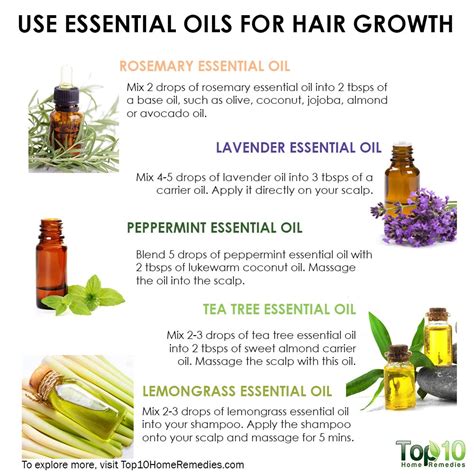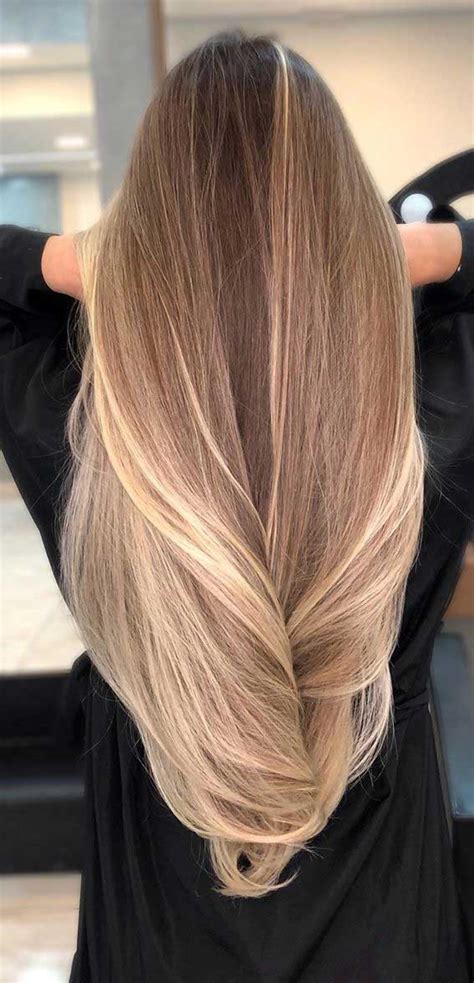1. Vibrant Blondes
- Platinum Blonde: Ice-cool and ultra-glamorous, this shade suits fair skin tones and cool undertones.
- Honey Blonde: Warm and golden, this hue adds warmth to skin and creates a sun-kissed effect.
- Strawberry Blonde: A blend of blonde and red, this shade is flattering on both warm and cool skin tones.
2. Brunette Beauties
- Ash Brown: A cool-toned brown shade that neutralizes warm undertones and adds depth.
- Chocolate Brown: A rich and luxurious shade that complements darker skin tones and warm undertones.
- Auburn: A warm and reddish-brown hue that adds spice to any look.
3. Blazing Reds
- Crimson Red: A bold and fiery shade that demands attention and turns heads.
- Auburn Red: A more toned-down red with golden undertones that adds warmth and depth.
- Burgundy Red: A deep and sophisticated red shade that adds a touch of mystery.
4. Dreamy Pastels
- Rose Gold: A delicate and feminine shade that blends pink and gold tones for a whimsical touch.
- Lavender: A soft and ethereal shade that adds a pop of color without overpowering.
- Mint Green: A refreshing and unique shade that creates a playful and edgy look.
5. Bold Balayages
- Brown to Blonde: A classic and elegant balayage that adds dimension and warmth to brunette hair.
- Blonde to Pink: A fun and vibrant balayage that creates a soft and feminine look.
- Black to Blue: A dramatic and edgy balayage that adds a touch of color to otherwise dark hair.
6. Subtle Ombres
- Brown to Ash Blonde: A gradual blend from deep brown to cool blonde, creating a natural and sophisticated look.
- Blonde to Caramel: A warm and inviting ombre that adds depth and dimension to blonde hair.
- Copper to Pink: A blend of warm and cool tones that creates a unique and eye-catching look.
7. Edgy Highlights
- Platinum Highlights: A bold and striking contrast that adds depth and dimension to dark hair.
- Red Highlights: A touch of warmth and spice that adds personality and style.
- Blue Highlights: A unique and unconventional touch that adds a pop of color and edginess.
8. Artsy Accents
- Peek-a-Boo Highlights: Hidden highlights that reveal themselves when the hair is styled differently.
- Money Piece: Bold and contrasting highlights that frame the face and draw attention.
- Face-Framing Bangs: A splash of color at the front of the hair that accentuates the face and adds a touch of glamour.
Benefits of Changing Hair Color
According to the American Color Association, changing hair color can provide numerous benefits, including:

- Confidence boost: A new hair color can give you a renewed sense of confidence and make you feel more attractive.
- Personality expression: Hair color can reflect your personality and style, allowing you to express yourself creatively.
- Flattering for skin tones: Choosing the right hair color can complement your skin tone and enhance your natural beauty.
- Covering grays: Hair coloring can conceal gray hairs and restore a youthful appearance.
- Trendy and stylish: Keeping up with current hair color trends can make you feel on-trend and fashionable.
How to Choose the Best Hair Color for You
Choosing the best hair color for you depends on several factors, including:
- Skin tone: Warm skin tones suit warm hair colors, while cool skin tones suit cool hair colors.
- Hair type: Fine hair can handle lighter shades, while thicker hair can hold darker shades better.
- Lifestyle: If you have an active lifestyle, you may want to choose a low-maintenance hair color.
- Personal preference: Ultimately, the best hair color is the one that makes you feel confident and beautiful.
Effective Strategies for Choosing the Perfect Hair Color
- Consider a color consultation: A professional stylist can help you choose the best hair color for your skin tone, hair type, and personal preferences.
- Experiment with temporary dyes: Try out different hair colors with temporary dyes before committing to a permanent change.
- Look for inspiration: Browse magazines, social media, and celebrity hair transformations for ideas and inspiration.
- Think outside the box: Don’t limit yourself to traditional hair colors; explore unique and creative hues to express your individuality.
Step-by-Step Approach to Changing Hair Color
- Research and choose a hair color: Decide on the desired hair color and identify the best products and techniques for your hair type.
- Prepare your hair: Begin with clean, dry hair that is free of any styling products.
- Apply the dye: Follow the instructions on the hair dye product carefully. Apply the dye evenly throughout your hair and leave it on for the recommended time.
- Rinse and condition: Rinse your hair thoroughly after the processing time and apply a deep conditioner to nourish and protect your hair.
- Style as desired: Style your hair as usual and enjoy your new look!
Frequently Asked Questions
- How often should I change my hair color? The frequency of hair color changes depends on personal preference and hair growth rate. Touch-ups may be needed every 4-6 weeks.
- Can home hair dye damage my hair? Home hair dyes can contain harsh chemicals that can damage hair if not used properly. Always follow the instructions carefully and avoid excessive use.
- What is the difference between a balayage and an ombre? A balayage is a hand-painted highlighting technique that creates a more natural-looking blend of colors, while an ombre is a gradual transition from one hair color to another.
- How can I maintain my hair color? To maintain your hair color, use color-protecting shampoos and conditioners, avoid over-washing, and get regular trims to remove split ends.
- Can hair color affect my health? Some hair dyes contain chemicals that can be irritating or allergic to some individuals. Always patch test before using a new hair dye product.
- What is hair color fusion? Hair color fusion is a technique that combines different hair color shades to create a multi-dimensional and customized look.
- What are undertones? Undertones are the subtle underlying colors in your hair. They can be warm (yellow, orange, or red) or cool (blue, green, or purple).
- What is hair porosity? Hair porosity refers to how well your hair absorbs and retains moisture. High-porosity hair absorbs moisture quickly but can also lose it quickly, while low-porosity hair absorbs moisture slowly and holds it in better.
